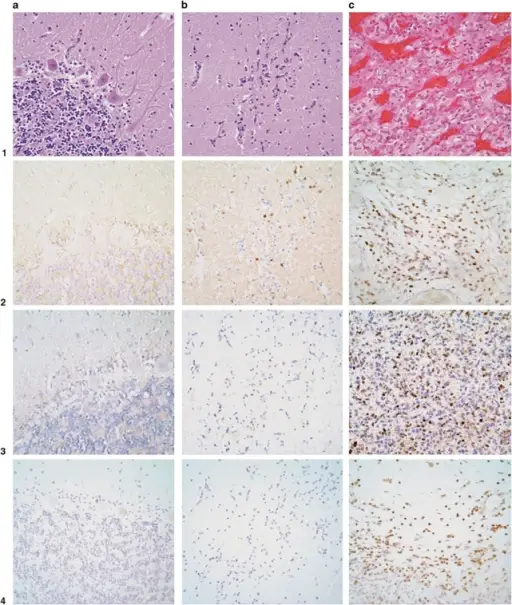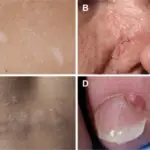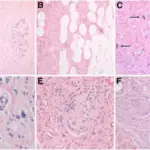Von Hippel-Lindau disease is an inherited disorder characterized by the formation of tumors and fluid-filled sacs (cysts) in many different parts of the body. These tumors may be either noncancerous or cancerous and most frequently appear during young adulthood.
What is the Pathology of Von Hippel-Lindau Disease?
Etiology: The cause of Von Hippel-Lindau disease is mutations in the VHL gene.
Genes involved: Mutations in the VHL gene.
Pathogenesis: Defects in tumor suppressors.
Histology: Von Hippel-Lindau disease histology shows hemangioblastoma, which may present with mesenchymal (upper) and epithelioid structures (lower). There are two main cellular constituents of hemangioblastomas; stromal cells and vascular cells.
How does Von Hippel-Lindau Disease Present?
Patients with Von Hippel-Lindau disease are typically 26 years of age on average. Males are more affected than females. The symptoms, features, and clinical findings associated with Von Hippel-Lindau disease include headaches, vision problems, and balance issues.
How is Von Hippel-Lindau Disease Diagnosed?
Von Hippel-Lindau disease is diagnosed with genetic testing.
How is Von Hippel-Lindau Disease Treated?
Von Hippel-Lindau disease is treated by surgery if needed, and medical management.
What is the Prognosis of Von Hippel-Lindau Disease?
The prognosis of Von Hippel-Lindau disease is poor.



